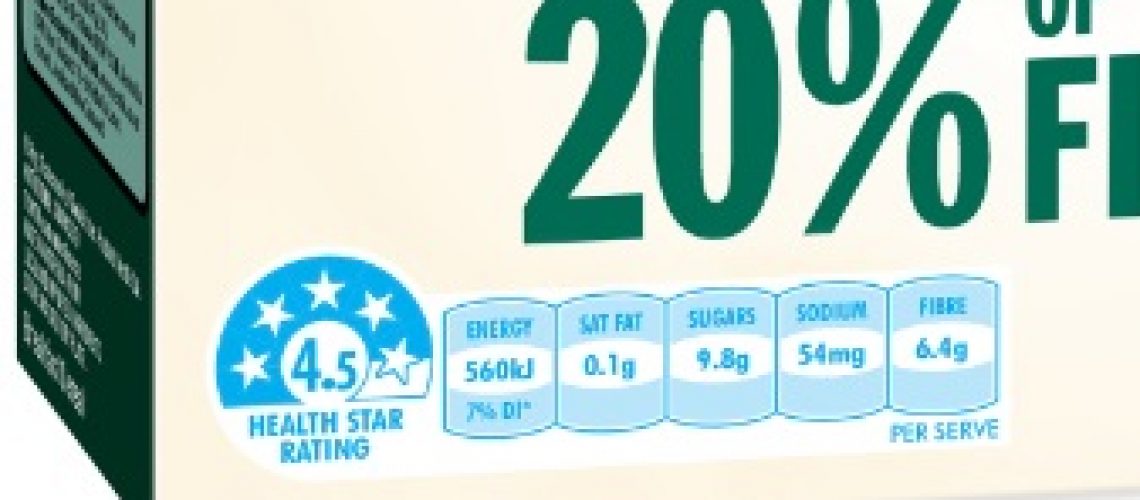Last year, the Australian government introduced a new food safety system in order to help consumers have a better understanding of the ‘healthiness’ of the products they are purchasing. Recently, the government has moved to the second phase of this awareness program. The campaign is budgeted to be $2.1 million. After a year, let us explore whether this is money well spent…or not.
The Good
When nurturing a child, positive criticism is always given first to soften the blow for the negative ones. At the tender age of one year old, it is probably the best to let the Australia food system what they are doing well in.
The intentions of the system is great! The system uses a nutrient profiling criteria which is judged by the packaged food’s ingredients and composition. Based on the amount of saturated fat, total sugars, sodium and energy, the food is given negative points. Whilst having healthy ingredients such as protein, fibre, fruit and vegetables they contain would give a product positive points. Once the score is tallied up, it gives a product anywhere from a half or five stars.
Not only is the system suppose to help consumers but it’s also supposed to encourage manufacturers to reformulate products. However, this did not happen quite as planned. Because it was developed through compromise between government, industry, public health and consumer groups, it has some inevitable design and implementation limitations.
The Bad
Now for the bad side of the food safety rating system. The most important fact was that it was badly designed. The system used is based on the dietary imbalances caused by nutrients where as in the latest nutrition advice provided by the government, the system uses a food-based system.
A healthy diet consists of eating food from all five major food groups and limiting highly processed, energy-dense and nutrient-poor “discretionary” or junk foods and drinks. The current nutrient based system looks sole at nutrient levels and does not consider the food is in the “discretionary” category. One example of this is that confectionery is getting higher rating on the current rating system than food from the five-food-groups, such as yoghurt.
The Ugly
Nothing is worse than missed targets. And the poorly implemented system did just that. It’s as if Robin Hood stole from only the rich, but only for the profit of himself. Since the government made the food star rating voluntary, food manufacturers had the power to decide not to place the health stars on their food packaging.
Also because it is heavily manufacturer directed, they can easily manipulate their ingredients to make their rating look better. For example, producer of potato chips may lower their fat or salt content to gain a higher star rating.
There is a miscommunication between the system and the consumer. Many believe that ‘the more stars, the better’ but the message is not telling us to eat more of these food, rather to try to eat food with more stars. People tend to view any visual health information on food as at least suggesting it’s healthy. So packaged foods that carry the star symbol, even if only half a star, could be implied to be healthy.
What now?
In order to improve the food system, the star system needs to be reconfigured so that the nutrient profiling reflects the food as a whole as opposed to just the ingredients. Something also needs to be done for discretionary foods as well. This will educate consumers on how to use the system correctly and boost their confidence.
The government might also have to push manufacturers to be more honest with their ratings and urges them to reformulate discretionary foods to avoid attracting health warning symbols on their product labels.
Do you need to educate yourself more on the food rating system? As a manufacturer, do you need to reconsider the way you make your food?
If you would like more information on this topic or get the source URL for this article, then email us at [email protected]
